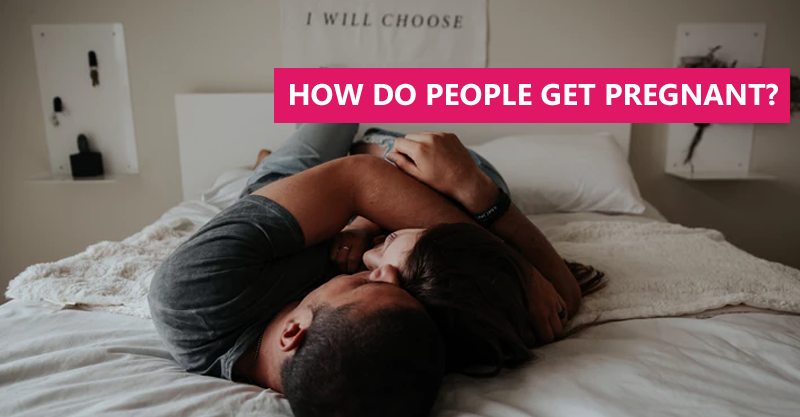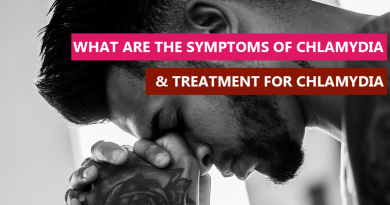How Do People Get Pregnant?
Pregnancy is kind of special. It is also a complex process that has several steps and this begins with sperm cells and an egg.
Sperm, found in testicles, are powerful micro cells which mix with other fluids to form the semen (also known colloquially as cum). The sperm comes out from the penis during ejaculation in millions. Even though, every time ejaculation happens, millions of sperm come out, it takes just one sperm cell which meets its match with an egg to lead to pregnancy.
Eggs are found in the ovaries of women. The menstrual cycle is controlled by hormones. These hormones enable a few eggs to mature every month. When the egg has matured, that means it’s ready to be fertilized by a sperm cell. The hormones also make the lining of the uterus thick and spongy, which help to get the body prepared for pregnancy.
About midway along the menstrual cycle, one mature egg leaves the ovary. This is called Ovulation. The egg then travels through the fallopian tube towards the uterus. The egg will be there for about 12-24 hours, moving very slowly through the fallopian tube, in search of sperm, that may be around.
Only when semen gets inside the vagina, the sperm cells can flow upwards through the cervix and uterus into the fallopian tubes, as it goes looking for an egg. The sperm cells have up to six days to find an egg. If they are not able to find an egg in this time, they die.
The process where a sperm cell joins with an egg is called Fertilization. Fertilization doesn’t happen instantly. The lifespan of the sperm enables it to remain in the uterus and fallopian tube for up to six days after sex. That gives the sperm time, up to six days’ after sex, for the process of fertilization to be completed.
Whenever a sperm cell joins with the egg, the fertilized egg travels down the fallopian tube toward the uterus. It starts growing by dividing into more and more cells and takes the form of a ball as it grows. The ball of cells is now called a Blastocyst. The blastocyst reaches the uterus around 3–4 days after fertilization. For another 2–3 days this blastocyst remains afloat in the uterus.
When this ball of cells gets attached to the lining of the uterus, it’s called Implantation and that’s when the pregnancy officially begins. Implantation takes about 3-4 days to complete and commonly begins about 6 days after fertilization. While the Embryo is developed from the cells on the inside of the ball, the Placenta develops from the cells on the outside of the ball.
If the egg doesn’t meet up with the sperm, or a fertilized egg doesn’t get implanted in the uterus, the thick lining of the uterus isn’t needed anymore. So, it leaves your body during menstruation. It is quite normal that nearly half of all the fertilized eggs don’t reach the implantation stage in the uterus and pass out of the body during periods.
However, when a fertilized egg implants itself in the uterus, it causes the pregnancy related hormones to be released. This is what prevents the lining of the uterus from disintegrating. It is for this reason, that menstruation stops when women become pregnant.
Treatment: Female Infertility Treatment, Low Count, Libido
Related Links :
- Ayurveda Infertility Treatment Clinic in Kamareddy
- Ayurveda Infertility Treatment Clinic in Anand
- Ayurveda Infertility Treatment Clinic in Kallakurichi
- Ayurveda Infertility Treatment Clinic in Amravati
- Ayurveda Infertility Treatment Clinic in Jidhafs
- Ayurveda Infertility Treatment Clinic in Channapatna
- Ayurveda Infertility Treatment Clinic in Jhargram
- Ayurveda Infertility Treatment Clinic in Mundargi
- Ayurveda Infertility Treatment Clinic in Moga
- Ayurveda Infertility Treatment Clinic in Someshwar
Originally posted 2021-09-29 04:30:39.





